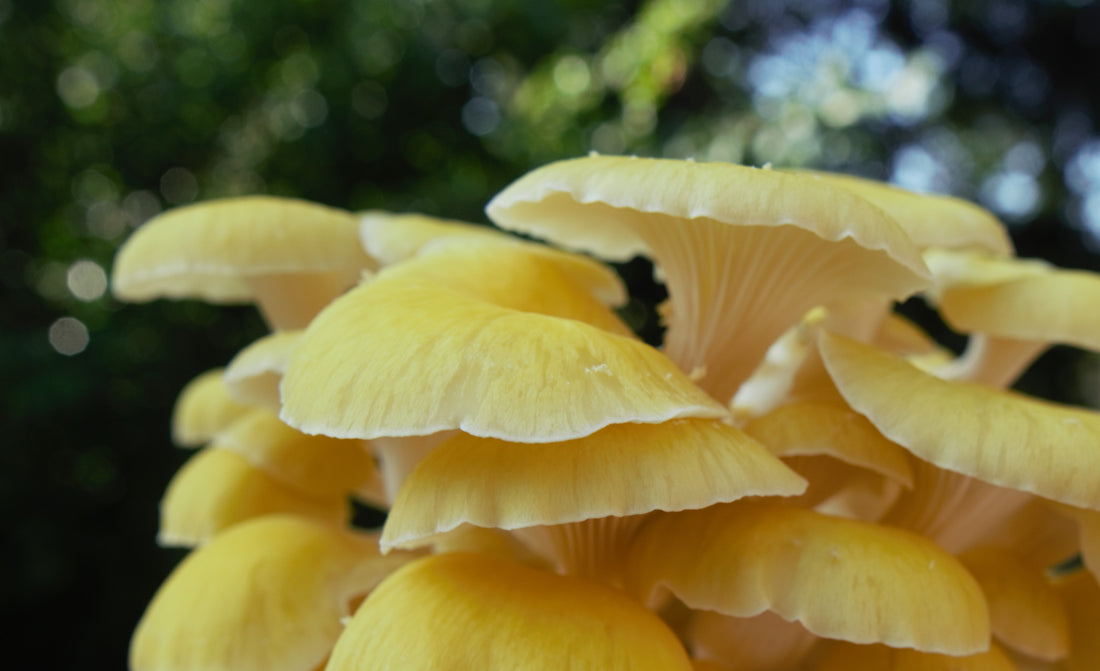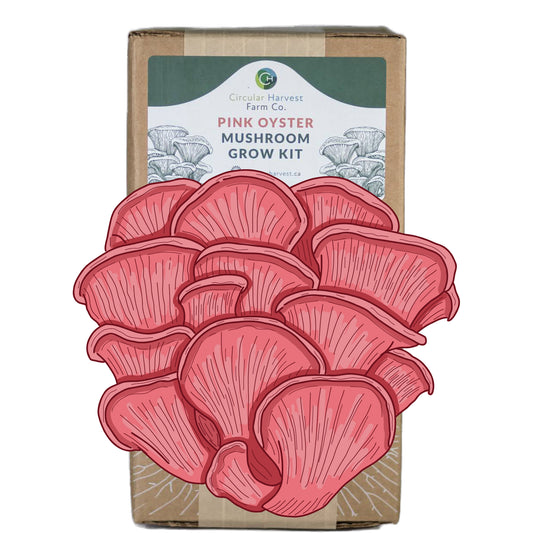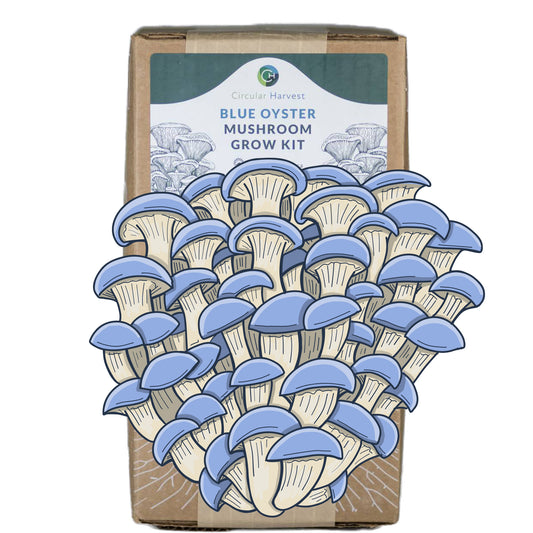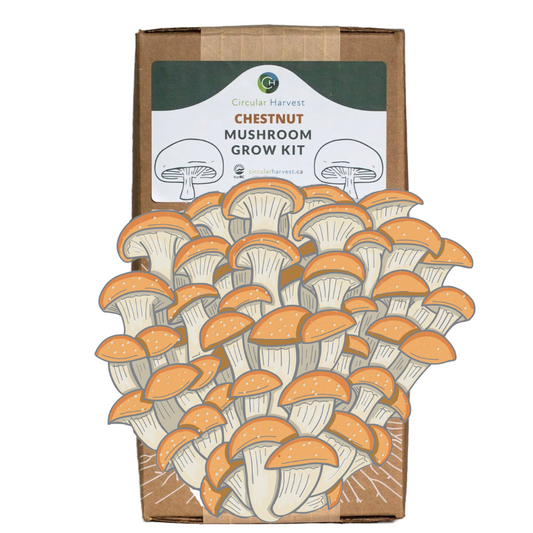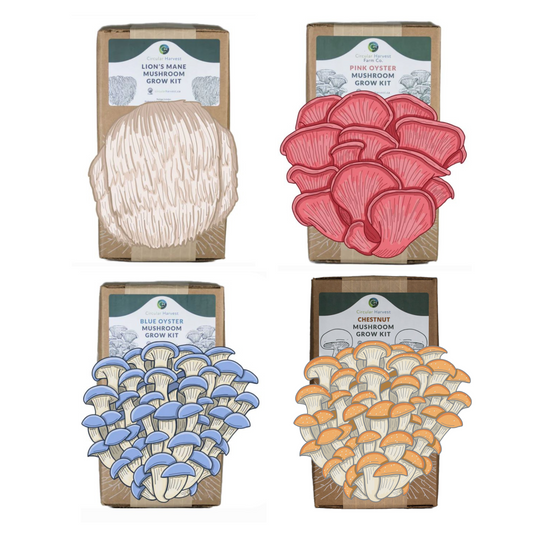When discussing invasive species, we often associate them with non-native plants and animals. However, mushrooms can also be highly invasive, posing a threat to local native species and rapidly spreading in various environments. Foragers and mycologists have observed a concerning increase in non-native golden oyster mushrooms in forests over the past decade.
The golden oyster mushroom, also known as yellow oyster mushroom or Pleurotus citrinopileatus, is originally from Northern China, Eastern Russia, and Japan, but it has become increasingly common as an invasive species in North America. They prefer warm, subtropical climates, and flourish on hardwood trees and stumps during the spring and summer.
Mushroom spores are microscopic and invisible to the naked eye, making them easily carried by air currents over long distances. Without proper precautions, these exotic mushrooms can spread and dominate surrounding environments.
The golden oyster mushrooms, being white rot fungi, efficiently decompose wood, outcompeting native mushroom species and leading to habitat loss. This displacement can have adverse effects on the health of ecosystems.
The outbreak of golden oyster mushrooms can be attributed to their popularity among growers and the spread of spores through various means, including accidents at commercial mushroom farms or smaller-scale outdoor cultivation.
Responsible cultivation practices and proper disposal of grow kits are essential to prevent further outbreaks. Harvesting invasive species like the golden oyster mushrooms responsibly might help native fungi in their struggle against the invader.
In conclusion, the invasion of non-native golden oyster mushrooms is a concerning issue, and it requires concerted efforts to prevent their spread and protect the health and integrity of forest ecosystems in North America.
Source: Shroomer

